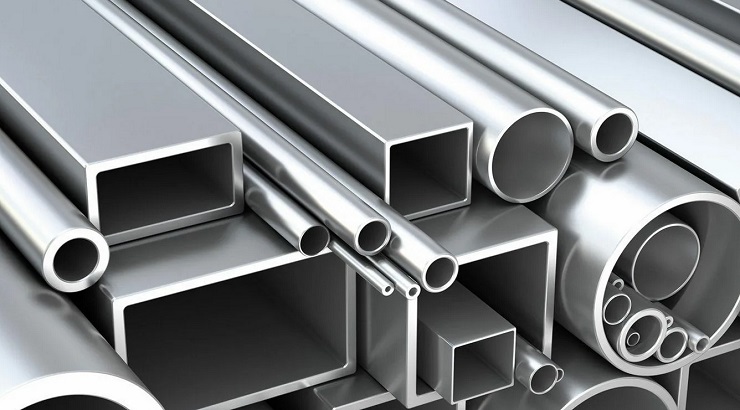Materials & Supplies
Metal Prices to Hit New Highs Amid Net-Zero Transition
Copper and aluminum set to benefit from the energy transition.

Metal prices are likely to go up over the coming decades as the world moves toward decarbonization of the various sectors of the economy.
A new report from the World Bank predicts a high demand for metals involved in the energy transition over the next decades, which is likely to push prices higher.
According to the report, demand for metals and minerals is likely to go up amid the development of electric vehicles, renewable energy, and other low-carbon technologies.
The price escalation is expected to remain high for a long time.
“This will depend on the speed and direction of the energy transition, the volume of mining capital investment, environmental constraints on these industries, and policy measures and incentives,” the World Bank said.
Beneficiaries of transition
Copper and aluminum have been singled out as key beneficiaries of the transition with the red metal deployed in electric vehicles, solar panels, wind turbines, battery charging infrastructure, and grid connections.
On the other hand, aluminum is mainly used in hydrogen fuel cells, solar photovoltaics, and battery packaging.
Other metals likely to experience a surge in demand include battery metals such as lithium (the world’s lightest metal), cobalt, and nickel; rare earth and platinum group metals; as well as steel alloys like chromium and iron ore.
RELATED: Tough Times for Builders as Steel Prices Hit the Roof
Prices of these metals are already going up. Spot aluminum prices, for example, rose to over $3,300 per metric ton in 2021—the highest level since 1988.
Aluminum helps to make vehicles lighter, thus enhancing fuel efficiency or lengthening the battery range.
This metal, which is in high demand in many climate change mitigation efforts, is also used in many applications from phone manufacturing to airplane assembly.
Electric vehicles production
Demand for lithium has risen over the past few years as manufacturers focus on electric vehicle production, whose sales are expected to rise from 6.5 million units in 2021 to 66 million units by 2040.
Copper prices have nearly doubled to $10,000 per metric ton, up from about $6,000 in 2015. Cobalt is also experiencing similar price escalations.
The World Bank has cautioned that geopolitical factors could disrupt the supply of these metals, given their concentration in specific regions of the world.
For example, over 70% of cobalt production, key for electric-vehicle batteries, is limited to the Democratic Republic of the Congo, while 90% of chemical processing takes place in China.
This could result in supply risks and price volatility while bringing windfall revenues for countries that host the minerals, the World Bank said.














